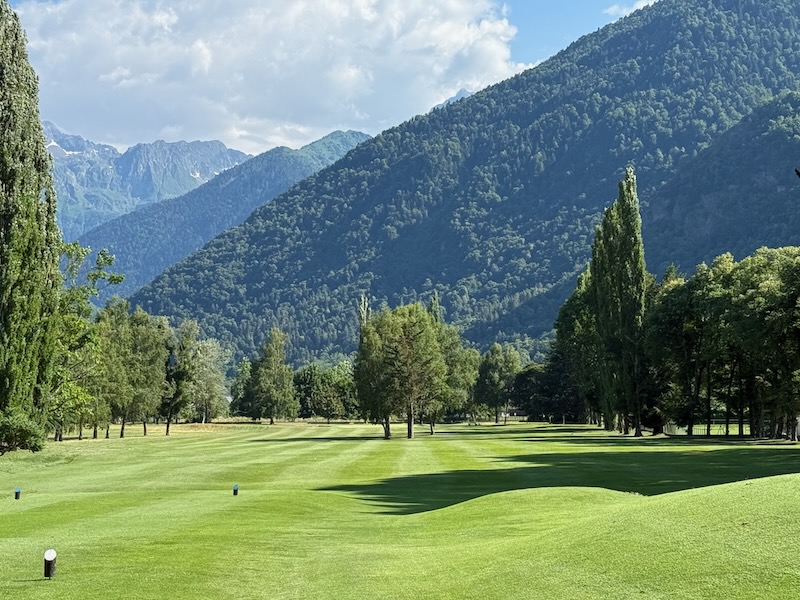Our Blog - Bagnères-de-Luchon 2025
We decided to spend a weekend a couple hours south of Toulouse, in the town of Bagnères-de-Luchon (or sometimes just called Luchon). It is nicknamed "the queen of the Pyrenees" and is both a spa resort town and a ski resort town. For skiing, the resort of Luchon-Superbagnères has 28 slopes (black, red, blue, and green). It also is known for the thermal baths, with are fed from more than 80 springs, with water emerging from the mountain at temperatures between 22 to 67°C. They are among the most sulfurous and radioactive in the world and are used in the treatment of respiratory ailments and rheumatism.
A bit of trivia: After 36 years of absence from the Tour de France, Luchon-Superbagnères hosted the finish of the 14th stage of the 2025 Tour de France. The riders leave from the town of Pau and reach the ski resort after 3 climbs: the Col du Tourmalet, the Col d'Aspin, and Col de Peyresourde (a "col" is a mountain pass). The Col du Tourmalet is the 3rd highest road pass in the Frenh Pyrenees, with an altitude of 2,115 meters.
We spent the weekend in Luchon not for the skiing, nor the thermal baths, nor for the Tour de France. There was a music festival in the park behind our apartment and so we were looking for somewhere a bit quieter :-). We found a really nice apartment to rent that had recently been renovated, which was really nice ... ground floor, a very short walk to the main street and all of the restaurants and cafes, a very short walk to the market, and quite puppy-friendly.

I mentioned the passing of the Tour de France, and while it was still a month away, you could see various things around town that had been decorated in advance of the stage. Here you can see the yellow bikes and the yellow Eiffel Tower, and if you look to the back-right, you can somewhat see the pink polka-dot columns. The complex (including the glass window one) are the Thermal Baths. The building with the columns is the historical baths with a stained-glass window above the door. For people who don't follow the Tour de France, the pink polka-dot jersey is for the best climber, which makes sense since this is definitely a mountain stage. I think the next visit, I will have to try to spa, which has thermal water pools, jacuzzi, saunas (both dry and steam), as well as a "cold area" with various cold activities.
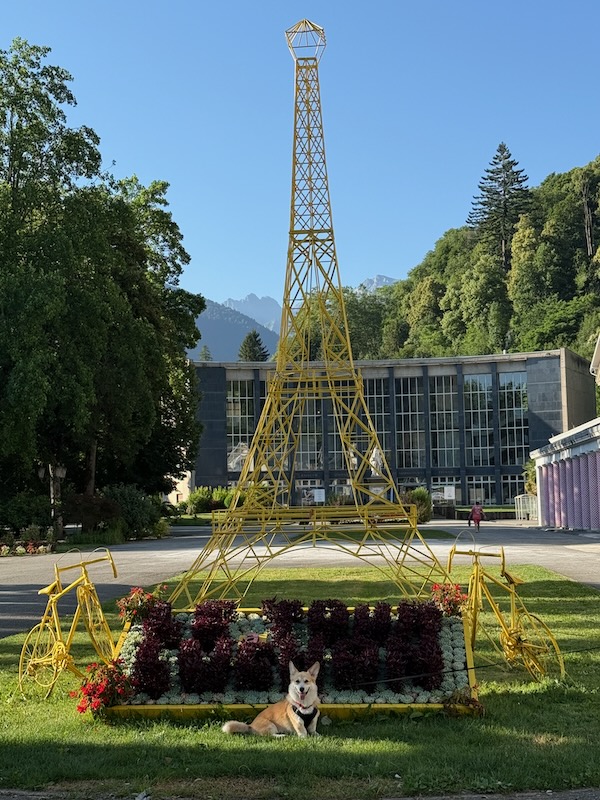
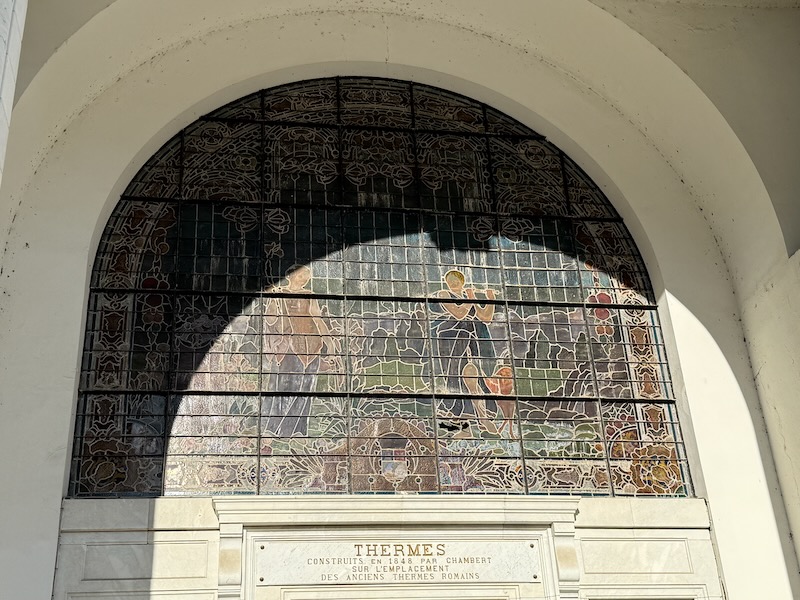
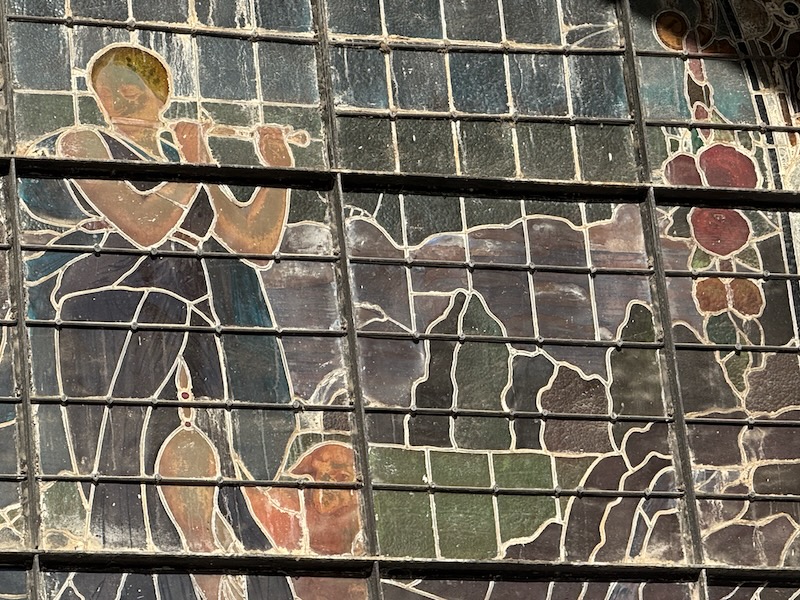
We took a hike starting from just behind the thermal baths, going up a bit on the side of the mountain. Much of the walk was shaded, which was nice since it was a bit warm. Much of Europe was experiencing a heatwave at the moment and here was no different. It was a bit warmer than normal but still manageable. At the end, we took advantage of the Saturday morning market to pick up lunch and a few things for dinner.
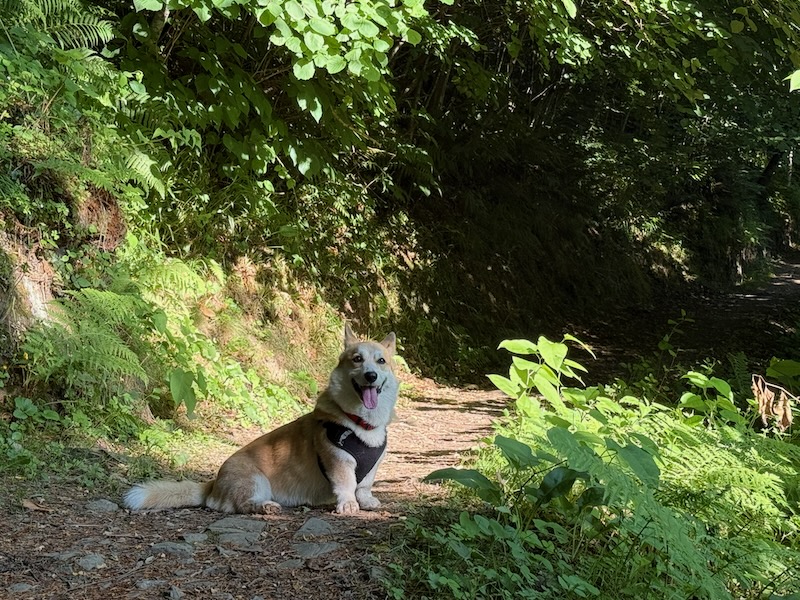
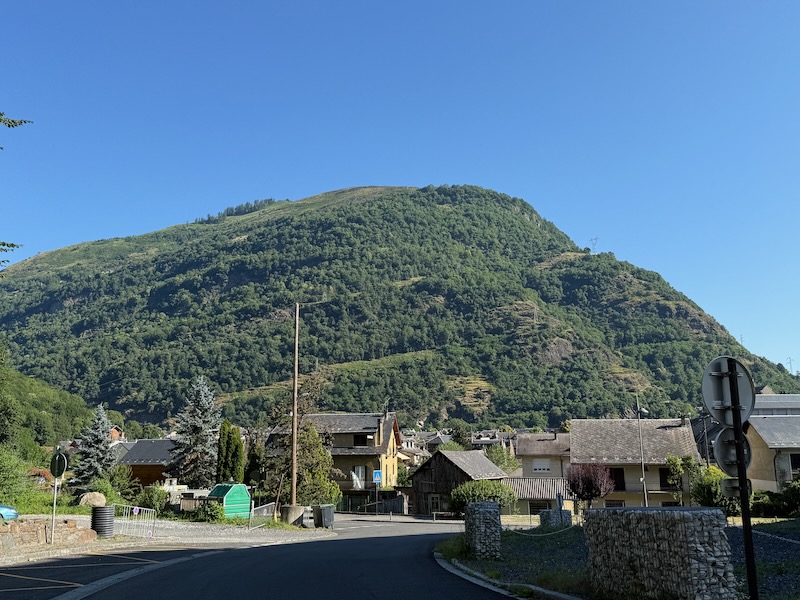
We left Lucy to relax for the afternoon in the apartment and headed to the Gargas Caves, which are known for their cave art from the Upper Paleolithic period (about 27,000 years old). There are 2 main caves (an upper and a lower) which were previously separate caves. For the purpose of tourism, a path was carved between them so that they both could be visited in a single tourism path. Researchers believe that one of the caves was used mainly for special purposes and the other was used for living. The people living here were hunter-gatherers, and could see the various animals that would pass in the valley below. There are no pictures allowed (and the # of people per day is limited) but here is the entry point.

In total, there are over 200 hand prints in the 2 caves. Here is a digital art representation on Wikipedia of the "hand prints" (note that to get back to this page, you'll need to hit the back button twice). The guide explained how these are hand "stencils" or "negative paintings" where the color is put around the hand. There are some "positive" paintings in other caves where the color is put on the palm itself and then the palm pressed onto the cave wall, leaving the color in the shape of the hand. The red is made by ochre while the black is mostly manganese oxide. A "paint" would be made by powdering the stone and mixing with water. The stenciling was most likely done either by using some type of a sponge or brush to apply the color around the hand, which was placed up against the wall, or by "blowing" the color from the mouth onto the hand (also placed against the wall). You can see in the picture that many have 1 or more fingers "missing". Some researchers have hypothesized that the missing fingers were lost due to disease, frostbite, or ritual amputation. but the most widely accepted theory is that this was a way of communication (where 1 "missing" finger, done by bending the finger down when painting the hand, could indicate a specific word or idea).
Now back to the town ... there aren't that many tourist sites in town, but there is a nice church right in the middle of town. This is the "new" Church of Notre-Dame-de-l'Assomption, built between 1847 and 1857 on the site of an older church dating back to at least 1387 (there is a document that mentions it). A new church was needed because of the influx of spa guests during the summer. The square tower that you see was added in 1897. In some ways, it looks more like a medieval castle than a church.
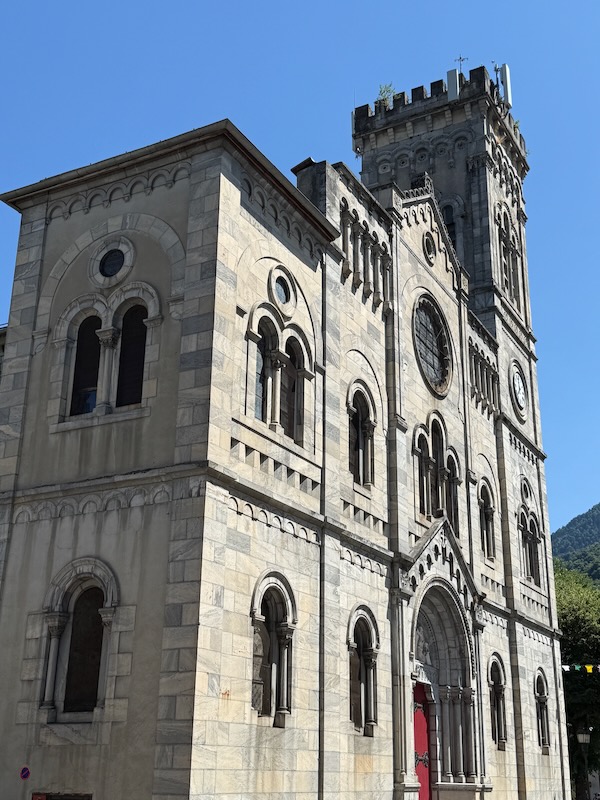
Inside, it is a large rectangle with side chapels and a rounded ceiling. The two main things that caught my eye were the paintings on the back wall and the stained-glass windows. The windows were created in 1850. The first one is over the North entry door and shows the Theological Virtues in the middle surrounded by medallions with Judith, David, Moses, Solomon, and Susanna. The second shows 4 scenes from the life of Saint Bertrand (from bottom to top) including the young Saint Bertrand entering the religious orders, then when he was appointed bishop of Comminges in 1073, then Saint Bertrand overseeing the construction of the Notre-Dame de Saint-Bertrand-de-Comminges cathedral, and then the Saint being welcomed into heaven.
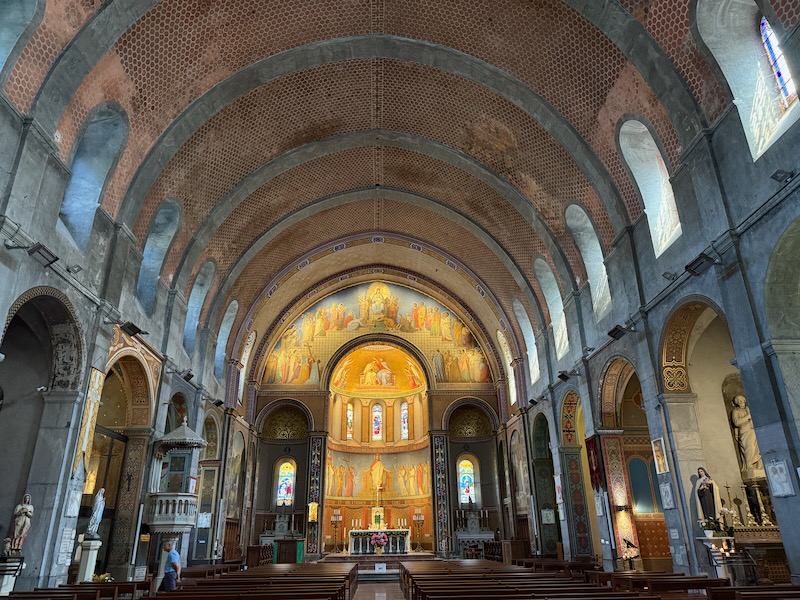
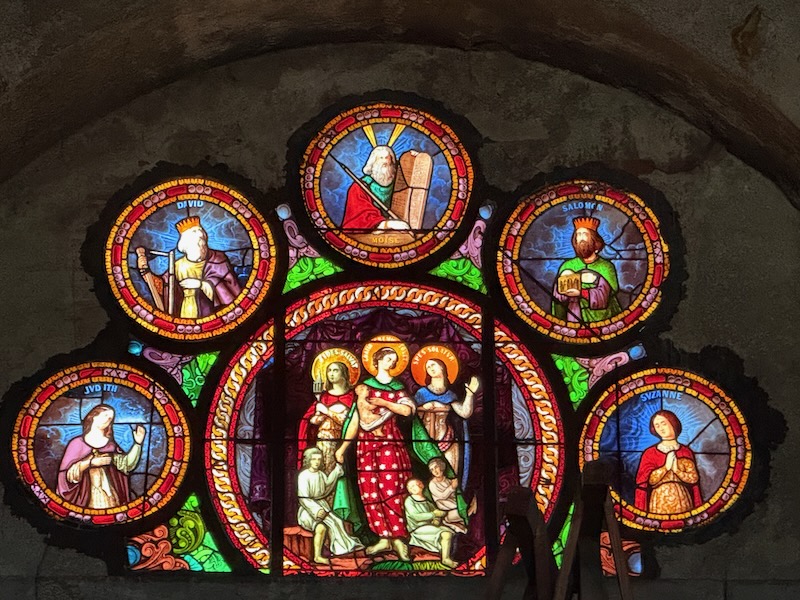
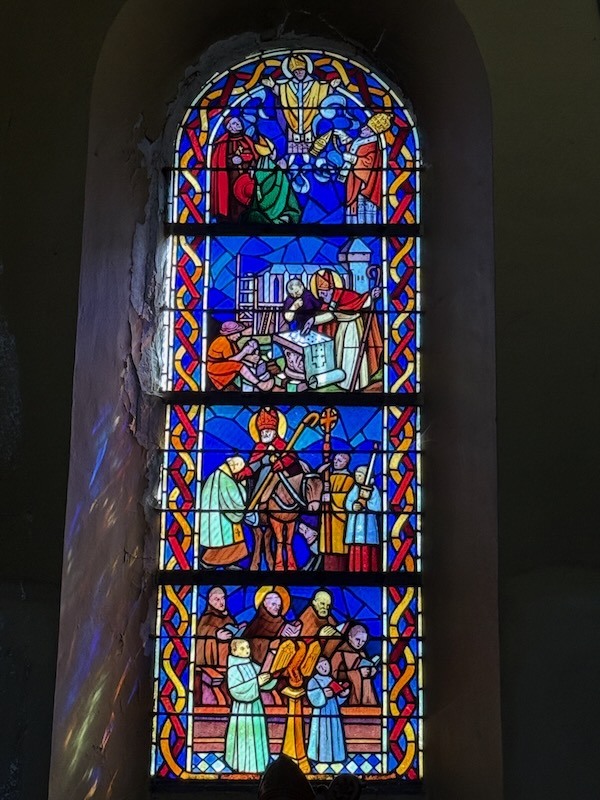
The paintings in the choir and apse were done between 1852 and 1856 and they represent 3 different scenes. I'll describe each in more detail, but you can see the very top semi-circle, then the dome with the gold background, and finally the middle ring below the stained-glass windows.
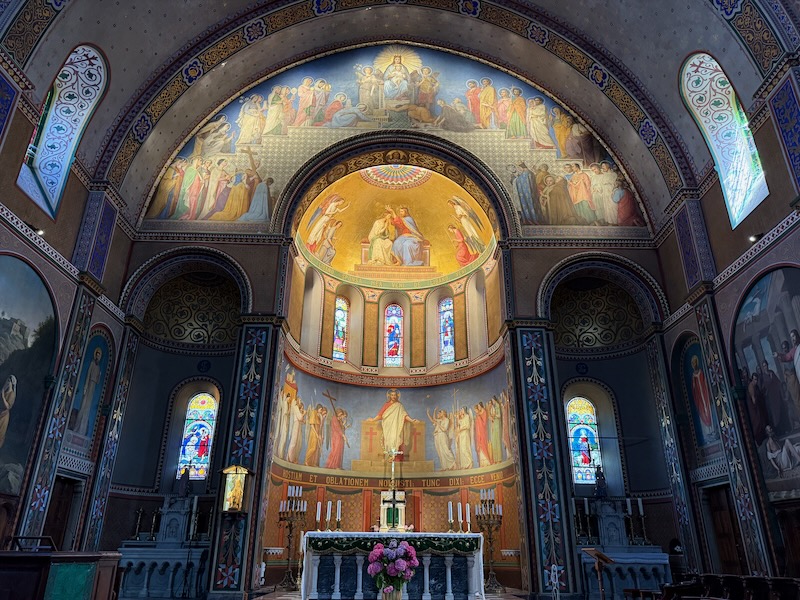
The painting across the top is called the "triumphal arch" and shows a set of saints on either side of the Virgin with Child. At the very top, you can see the Virgin with Saint Gabriel (left) and Saint Michael (right). On either side, there are various saints and prophets walking up stairs. If you look just below Saint Gabriel on the left-hand side of Mary, you can see a woman placing a model of the Luchon thermal baths at her feet. The other ladies on the top stairs are carrying the attributes of the litanies of the Holy Virgin (close-up 2nd picture).
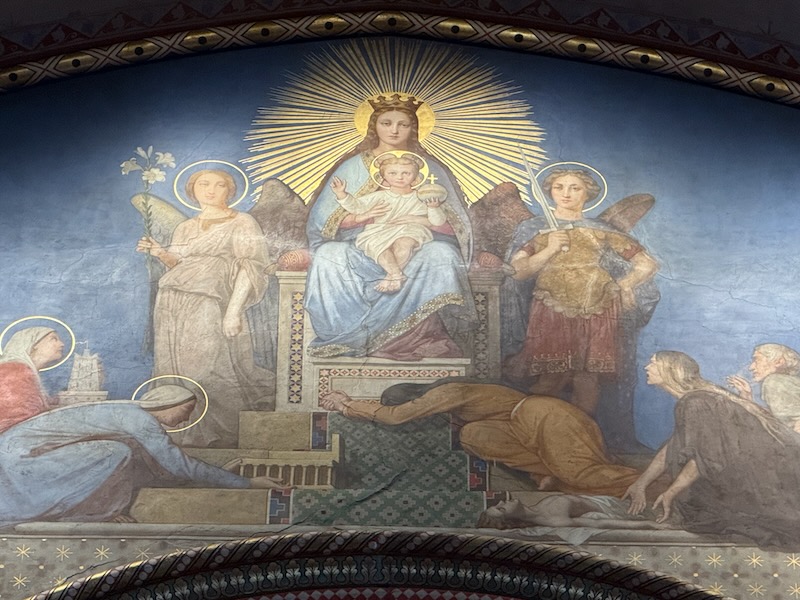
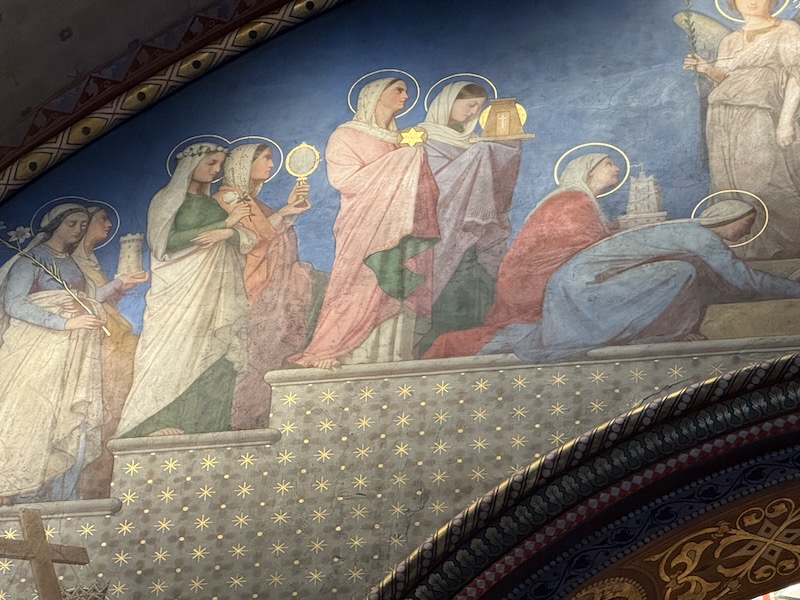
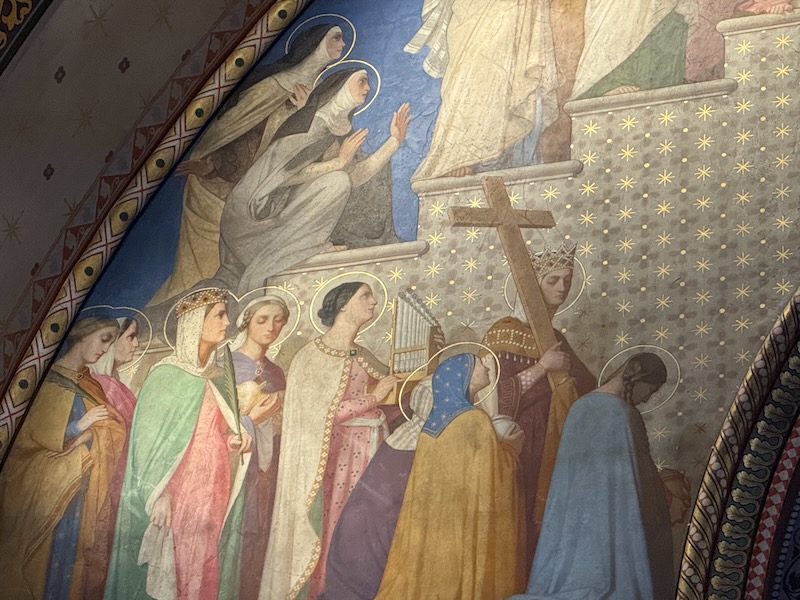
Then the left-side close-up picture, in the last one you can see Saint Louis at the bottom-left in the blue cape, with the crown of thorns in his hands.
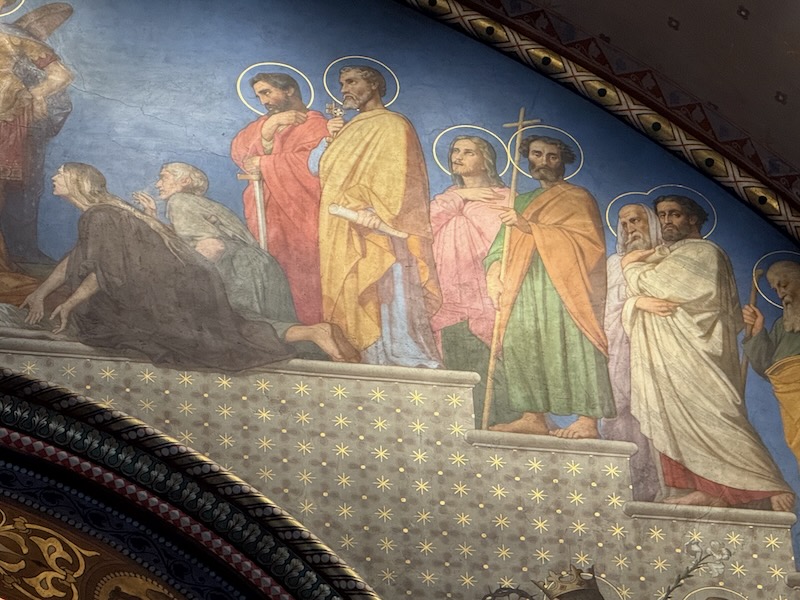

The painting in the dome shows the Coronation of the Virgin with angels on both sides.
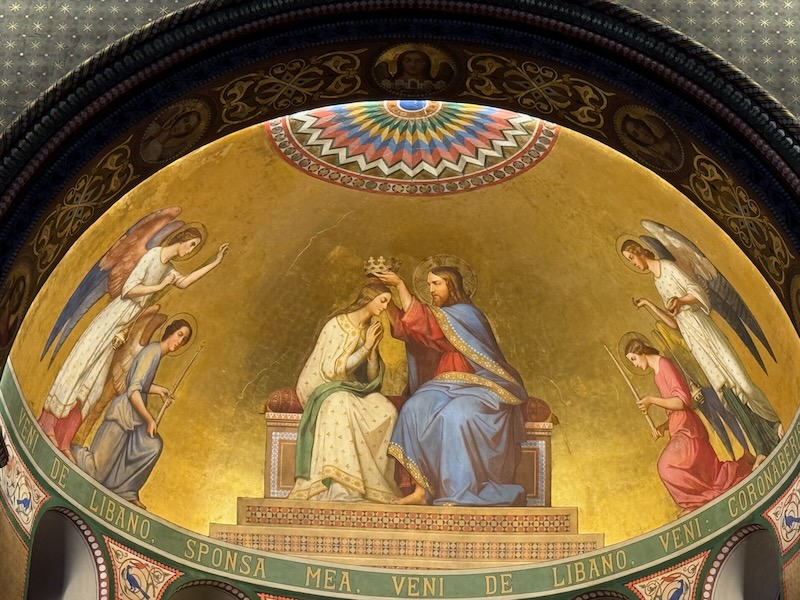
The one in the middle represents the Divine Liturgy, which draws a parallel between Jesus as the victim on the cross and Jesus as the son of God during the Eucharist. Left to right you see angels carrying the instruments of the passion and a lamb, then Jesus in the middle, and then angels carrying the instruments of the sacrifice of the Mass. While I didn't recognize it at first, the lamb is actually being carried on a tabernacle that is a model of the Luchon thermal bath house.
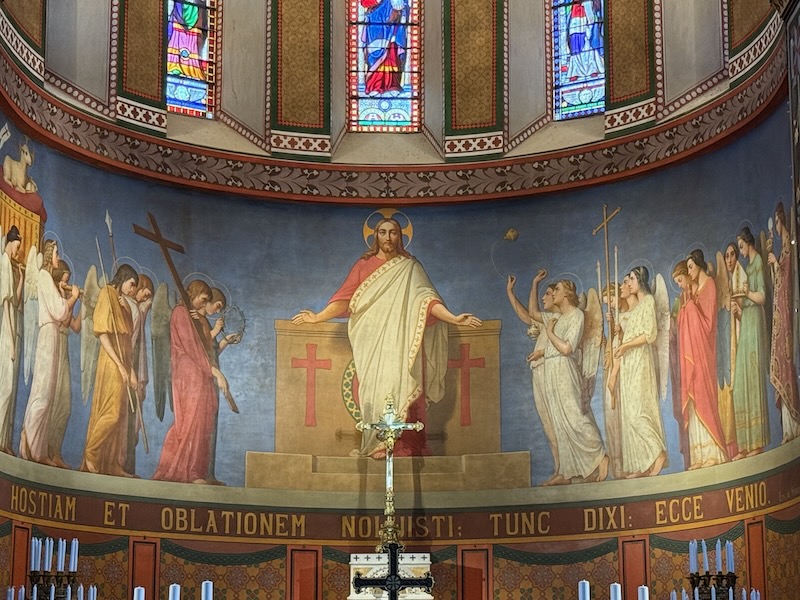
And one last picture ... there is a small golf course in the valley, and the first tee has a nice view of the Pyrenees in front of you. We didn't play this time, but something to think about for our next visit.
